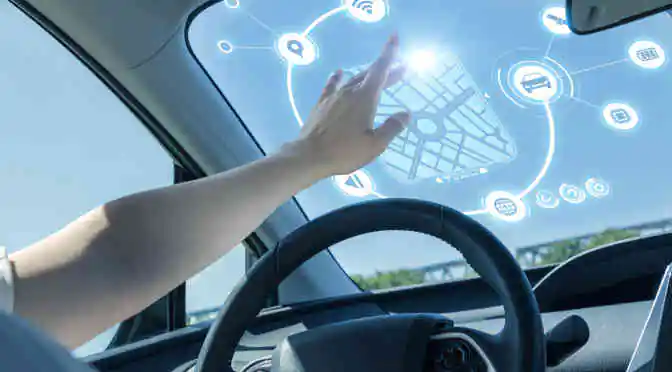Behavioral biometrics measures unique human traits like keystroke analysis, voice authentication, and signature verification. It’s the sister science to physical biometrics, which measures physical traits like fingerprints and iris patterns.
As security vulnerabilities, transactional fraud, bank forgery, identity theft, and data theft in the BFSI, government, education, and healthcare sectors rise, organizations and institutions are looking for reliable and accessible personal authentication and identification systems to ramp up security.
Since most behavioral biometrics systems are relatively inexpensive to implement and don’t require a lot of extra hardware (voice biometrics, for instance, uses a computer’s inbuilt microphone) these systems getting snapped up across sectors.
According to a new report from Technavio, the global behavioral biometrics market will more than double to reach a value of $2.69 billion by 2020, growing at a CAGR of 17.34% from 2015-2020.
Advantages and disadvantages of behavioral biometrics
Voice biometrics
Advantages
- No additional cost on hardware devices
- Can be automated and coupled with speech recognition systems
- Voice biometrics is as unique as an individual’s fingerprint as it authenticates a user’s tone, resonance, pitch, and physical characteristics
- Low storage size of voiceprint
Disadvantages
- High non-matching rates
- Requires high-quality recording
- Difficult to verify user with the background noise
- Not viable in conditions that need the user to be quiet
Security risks with voice biometrics
- Spoofing: It is easy for a hacker to mimic the voice of the authenticated individual to gain access to financial transactions
- Replay risks: Hackers may record the voice of an authenticated individual and use it later for further transactions
- Risk of cross-system: There may be issues of the voice being recognized on any other system other than the one it is enrolled in
- Enrollment risks: There may be background noise while the enrollment process is on, weakening the authentication process
- Risk of background noise: There is a chance of background noise or problem in the network while people try to authenticate themselves to proceed with transactions
Keystroke analysis
Advantages
- Low cost of deployment
- Ease of use
- Offers continuous monitoring of the user
Disadvantages
- Low accuracy and performance
- Vulnerable to mocking
- FAR and FRR is high, which reduces its reliability and accuracy
Applications of keystroke analysis
- Student identification for online examinations
- Employee identification for remote workstations
- User authentication for network access
- User authentication in e-commerce, online banking, and e-government
Signature recognition
Advantages
- Enrollment is intuitive and fast
- Signature verification enrollment and results are independent of the native language of the user
- User friendly
- High degree of social and legal acceptability
- Non-invasive
- Digital signatures and electronic documents reduce risks of documents being read, intercepted, destroyed, or altered while in transit
- Help in mitigating the risk of cashing fraudulent cheques
- Reduce the manual labor process of signature authentication
- Eliminates the problems caused by lost ID and forgotten passwords
- Biometric characteristics cannot be stolen and provide authentication for transactions, document management, electronic signatures, and audit trails
Disadvantages
- Could be affected by the physical and emotional behavior of the user
- Digital signatures provide authentication; they do not ensure the secrecy of data. Some other techniques such as encryption and decryption are necessary for data secrecy
Comparison of various behavioral biometric technologies
Growing adoption of multimodal biometrics expected through the forecast period
Every biometric technique has its advantages and its flaws. To circumvent these issues and provide the best security possible, a lot of sectors are implementing multimodal biometrics, which integrates a number of biometric technologies such as fingerprint, facial, and voice recognition, along with various behavioral identifiers.
The main advantages of a multimodal approach include:
- Accurate and reliable recognition.
- A higher level of security. Multiple biometric systems can provide added layers of security in case of failure of any one of the biometric technologies.
- Spoofing is a big threat to any biometrics system. However, multimodal biometric systems reduce this vulnerability significantly.




